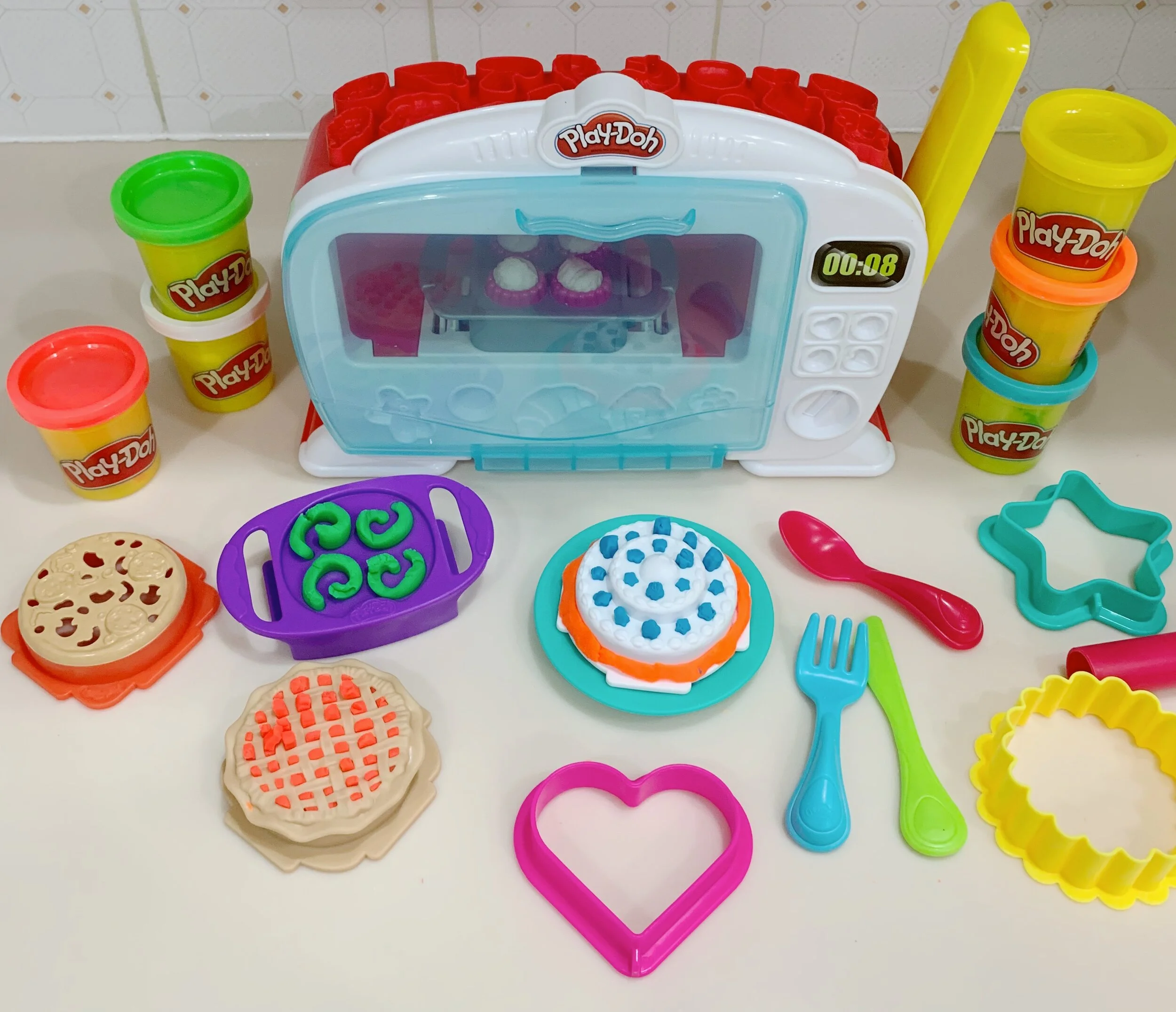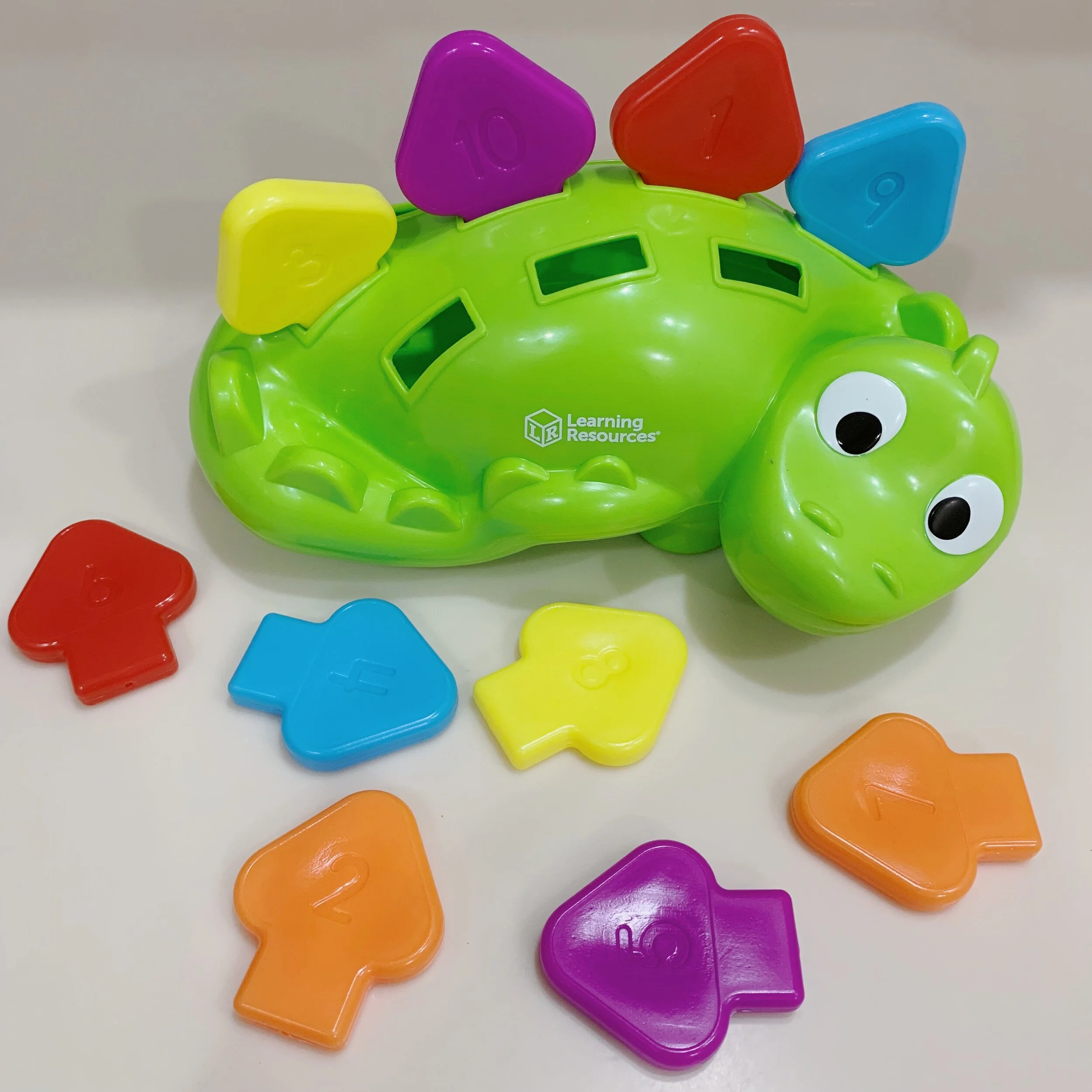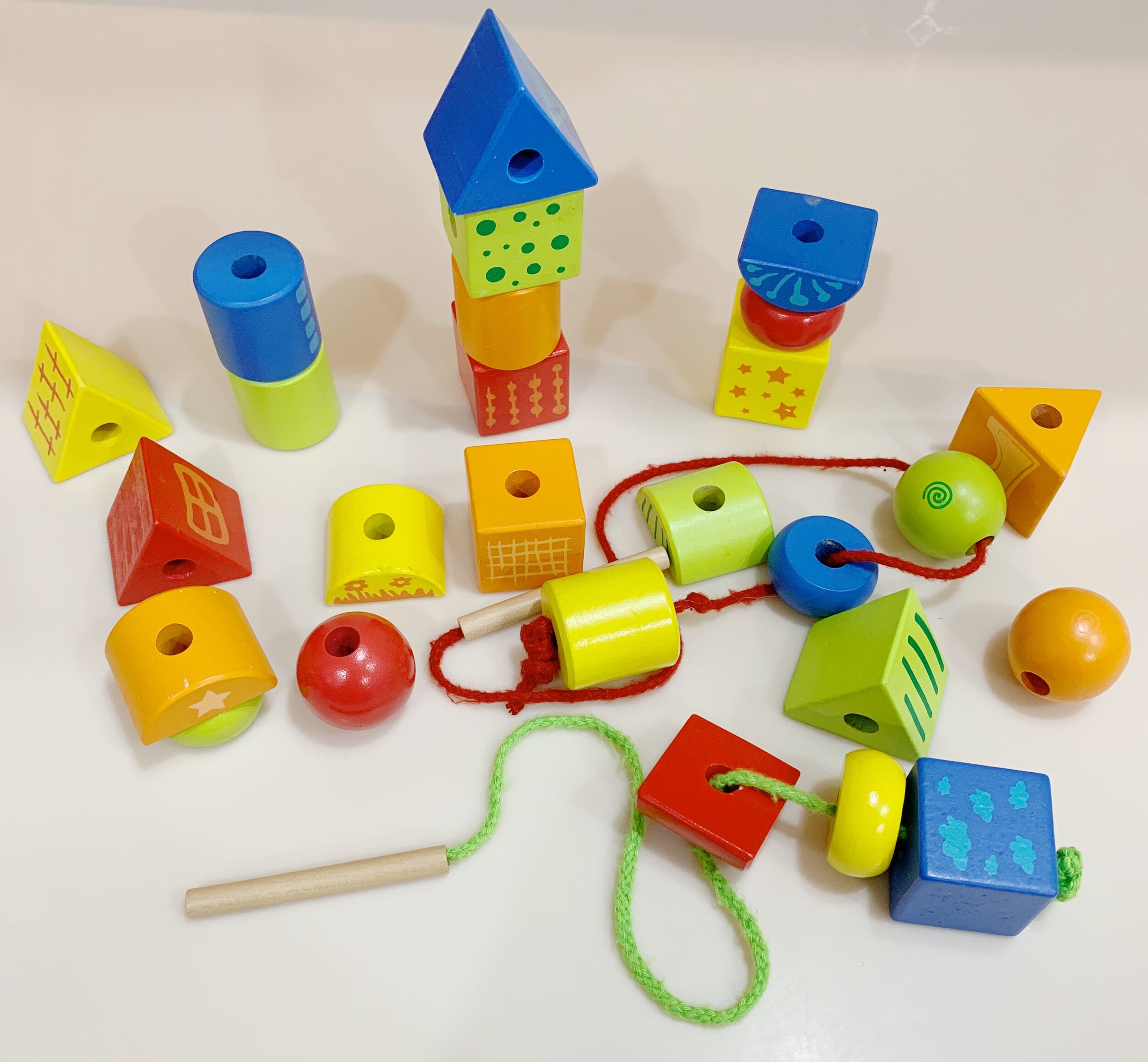The second year of a child’s life is fascinating. You go from having a baby to slowly having a big kid with real thoughts, opinions, and ideas. Don’t cry! This is good news. When your child was a baby just a few months ago, you worked hard at tummy time, then crawling which eventually turned to walking. Those motor milestones were important but were also prep work for fine motor development that you will have to focus on now that your child is 2. Your child worked on developing hand muscles through crawling, core stability and balance to be able to stand and walk, and now these skills will support the continued development of fine motor ability, or being able to use small muscles in the hands and fingers to manipulate smaller objects.
By 2 years old your child should be able to use their hands to turn 3 pages in a book one at a time, place 3 shapes into an inset shape sorter puzzle, stack 4-6 cubes, and draw a vertical line.
By the time your child is 2.5 they should also learn to use scissors to cut a paper across (with close supervision), fold a paper to make a crease, and string up to 4 beads.
This requires a lot of different hand movements, fine motor control, and hand eye coordination.
Here are some toys that you can incorporate into play to help support your child’s developing fine motor skills.
Please note: I am a participant of the Amazon Services Associates Program and have included “affiliate links” for all the toys. This means that when you click the pictures or links provided and make a purchase, I receive a small commission on the toy at no extra cost to you. You can read more about the Amazon Associates Program here.
1) Play-Doh
Manipulating Play-Doh allows kids to use their whole hands (palms and finger tips) that they may not otherwise get to use in play. Rolling and squishing Play-Doh helps strengthen the hands and helps with the development of arches (separation of the sides) of the hands. Usually we use the thumb, index, and middle fingers for mobility, and the ring and pinky for stability. This is needed in order to use tools like pencils and scissors, and manipulate small objects like buttons and zippers.
Speaking of scissors, using pretend scissors to cut Play-Doh is a good way to introduce scissors to young children in a fun way.
If you’d like to try Play-Doh, here are a few more Play Doh sets that I love.
Also, if you’re feeling more adventurous, and as your child gets a little older, incorporating clay or putty can be even more beneficial in developing hand strength as it usually has more resistance.
2) Peg Boards
Placing pegs into pegboards encourages children to use a tripod grasp (3 finger grasp) that is a more mature grasp pattern. Also, inserting and removing pegs helps build fine motor strength. Pegboards are also excellent because they encourage hand-eye coordination. The example of the pegboard above also incorporate a visual component as kids have to match colors to complete the pictures.
3) Pop Blocks
Pop blocks come in a variety of size and forms. Some are long snakes or inchworms that kids have to complete, others are two piece 3d picture puzzles, like the Rainbow Owls set above. Pop Blocks are awesome, because they encourage the use of two hands together. Just think how important that skill is. Almost everything we do requires the coordination of both hands. Also opening these blocks requires strength as they usually come with some resistance. Snapping them back together requires precise coordination and motor control as well. The pop block set above also incorporates a color matching component.
4) Steggy the Fine Motor Dino
This adorable Dino named Steggy comes with colorful removable scales. Inserting and removing the scale requires the use of a 2 finger pinching grasp which helps develop fine motor strength and hand eye coordination. It is the grasp pattern we use to turn a key or insert a coin into a piggy bank
5) Tweezer Toys (Easy to hold)
Tweezer activities like this Butterfly Counting & Sorting toy are a great way for kids to build finger strength. The additional challenge of using tweezers to pick up objects makes it super fun and motivating for kids. You can demonstrate how to hold the tweezers and where to push first, so that they can learn.
Side note: Some tweezers are too hard to use for little kids. I was pleasantly surprised to find that these were soft and didn’t require too much effort to manipulate. Perfect for little hands!
6) Fishing Rod Games
Using fishing rod games to “catch” objects works on hand eye coordination and also helps strengthen and build shoulder and wrist stability (just think about your arm position as you play). These skills are all prerequisites for good fine motor control. In order to manipulate small objects with our fingers, we first need to have good shoulder and wrist stability.
7) Beads
Stringing beads requires the coordination of both hands together, hand eye coordination, and of course good fine motor control. Practicing this tricky skill is super important for toddlers and 2 year olds. Another great thing about large wooden beads (like the ones listed above) is that they can also be used as stacking blocks. Use them to work on grading pressure, balance, and attention.






